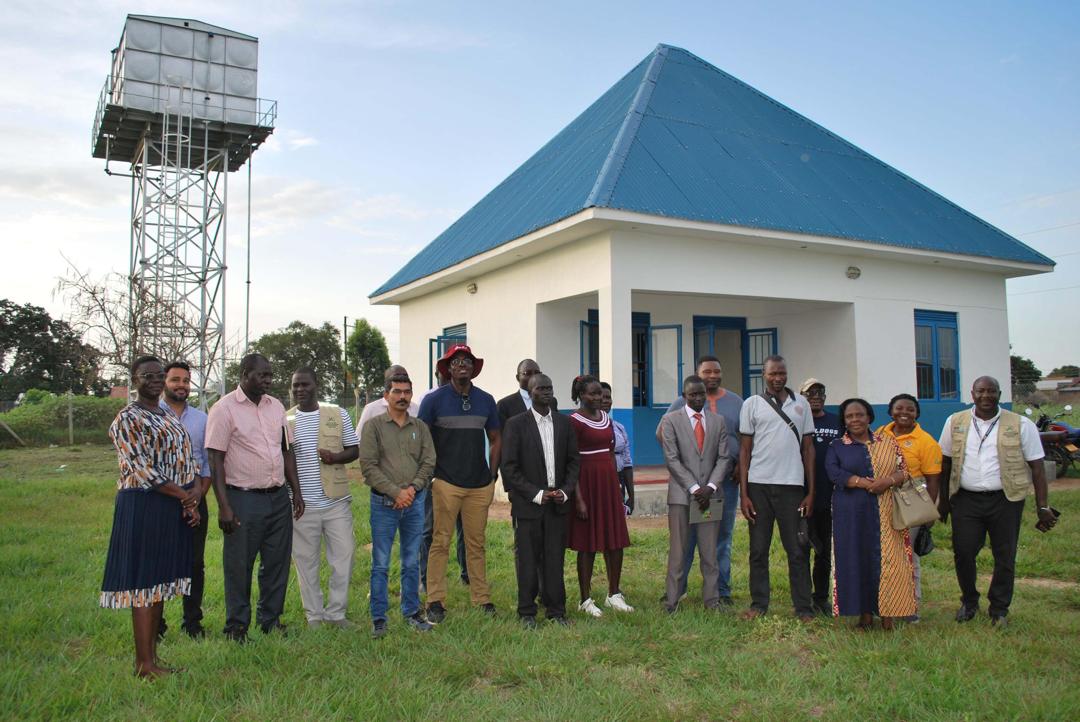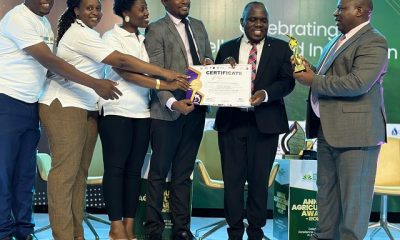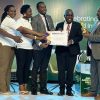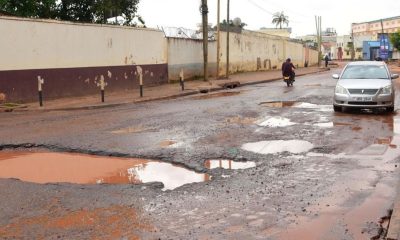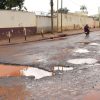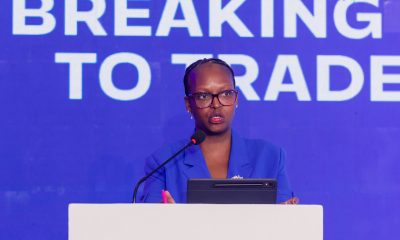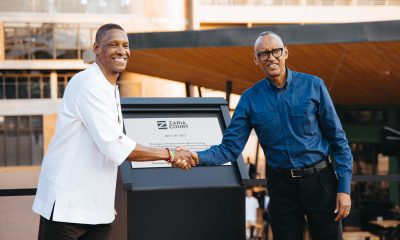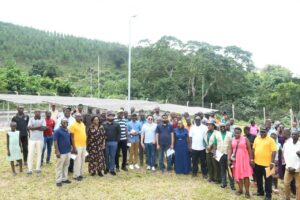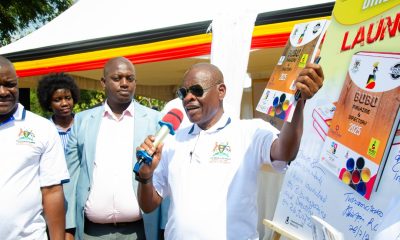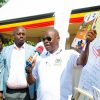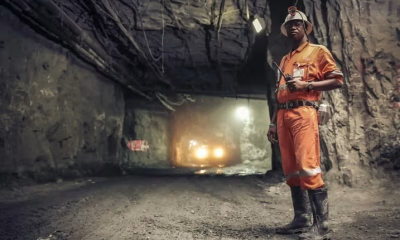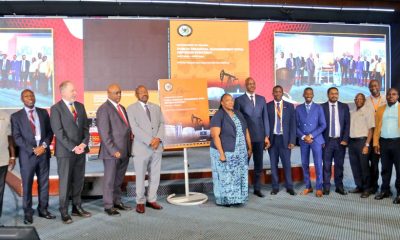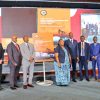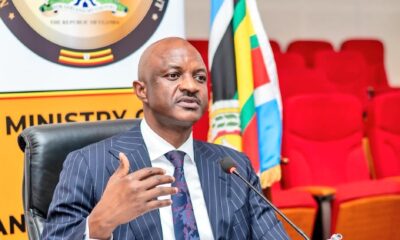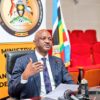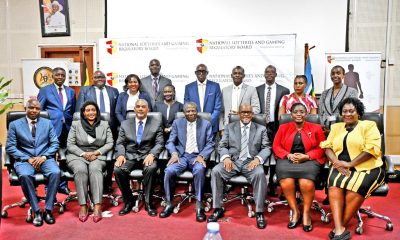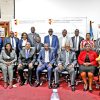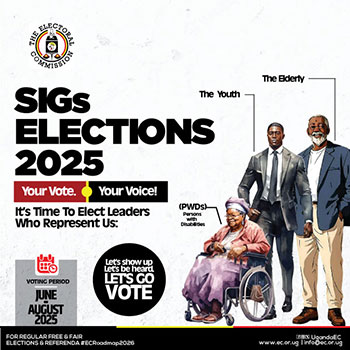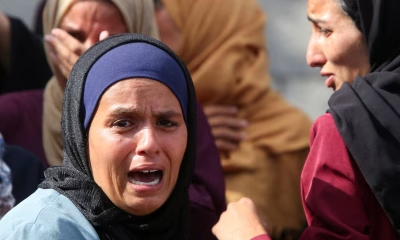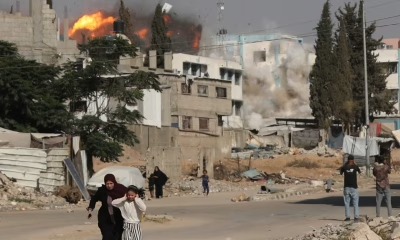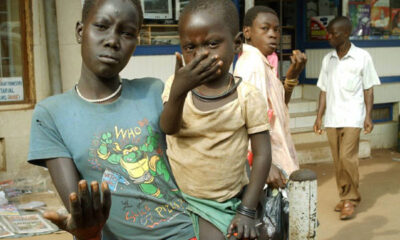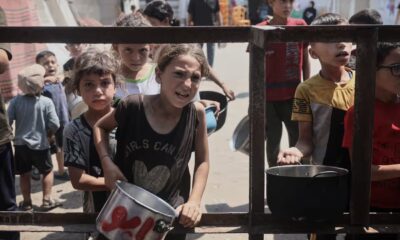Economy
LEGS II Appraisal Mission Visits Kyejonjo and Katakwi to Inform Scale-Up to 55 Districts
The Government of Uganda, through the Ministry of Local Government, in collaboration with the Islamic Development Bank (IsDB) and the Lives and Livelihoods Fund (LLF), visited selected districts as part of a field appraisal mission to assess the achievements of the first phase of the Local Economic Growth Support (LEGS) Project and inform the design of its second phase.
The mission visited Kyejonjo and Katakwi Districts, where partners engaged with district leaders, project beneficiaries, and implementation teams to evaluate the impact of LEGS interventions on local livelihoods and service delivery.
Insights gathered from these visits will guide the planned scale-up of the project from 17 to 55 districts across the country. The partners are also exploring potential funding options for Phase II, with particular focus on climate change adaptation and sustainability to ensure long-term benefits for target communities.
The sites visited included Kanapa powered solar in Magoro sub-country, Orugo Corner water scheme in Katakwi district, and Kaizikashya in Kyejonjo.
Speaking to residents, Mr William Sunday, a resident of Kiredu Village and beneficiary of the scheme, said: “We now have a public tap stand in our trading centre. In the past, we drew water from the Kaizikashya stream, which animals also use. Today, fetching a 20-litre jerrycan costs just Shs100, which is very affordable compared to before when we had to walk long distances.” He added, “We used to risk our children’s safety by fetching water. We thank the government for thinking about us, and we pray that other villages still waiting for safe water will also get connected,” he said.
Another striking symbol of change is the Orungo Corner piped water scheme serving the community, including the Aakum Health Center. Ms. Achom Stella, in charge of the Health Clinic, explains that sometimes mothers would even give birth without water to clean up. But since the water project started, they no longer face these challenges — clean water is now right there in their compound. She expresses her gratitude to the government for a project that has solved so many issues for them.
Beyond providing water, the project has also brought clean energy to remote communities through solar mini-grids, reaching areas nearly 40 kilometres away from the national grid. New household connections are now powering village shops, juice processing, and small-scale manufacturing, replacing what was once complete darkness. The Kanapa Solar Power Association, a registered community-based group, manages the solar scheme with technical support from the district engineer. So far, the association has saved over UGX 2 million from community contributions to fund future maintenance.
To enhance Phase II implementation with evidence-based planning, innovation, and research, the Ministry is working with international technical partners, including the Millennium Promise Alliance (MPA) and the International Crops Research Institute for the Semi-Arid Tropics (ICRISAT). These organizations bring global expertise in integrated rural development and climate-smart agriculture, which will be instrumental in scaling up impact under LEGS II.
Comments



